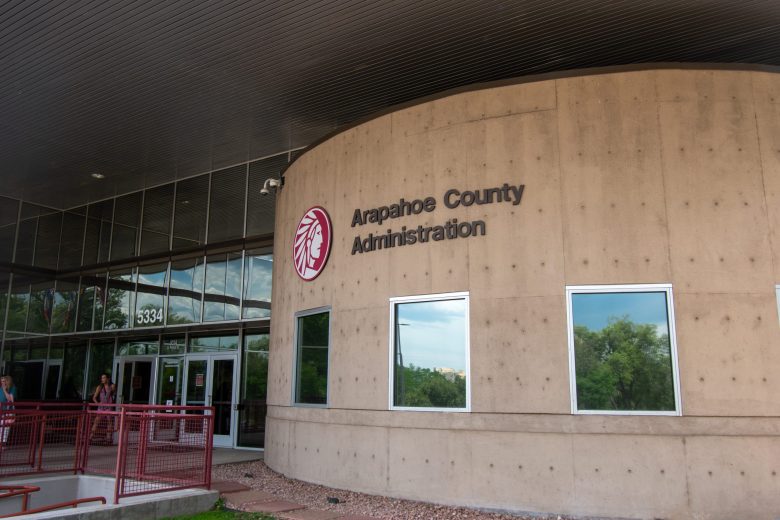Arapahoe County’s 2025 point-in-time (PIT) count, conducted in partnership with the Metro Denver Homeless Initiative, reveals both progress and persistent challenges in the county’s effort to solve homelessness.
While the 2025 count found an 11% increase in the number of people experiencing homelessness from 2024 — totaling 285 individuals in Arapahoe County outside Aurora city limits — the county said the rate of people entering homelessness is lower than previous years. Between 2023 and 2024, there was a rise of 47.1% of people experiencing homelessness.
“Our data tells a story of both challenge and hope,” said Leslie Summey, the county commissioner representing District 4. “We’re seeing our prevention strategies work — newly homeless individuals decreased by 18%, and unsheltered homelessness dropped by 22%. These aren’t just statistics; these numbers represent real people whose lives have been stabilized through our community’s coordinated efforts.”
A PIT count is an annual count of people experiencing homelessness in a specific area during a single night in January. Mandated by the U.S. Department of Housing and Urban Development (HUD) for communities receiving federal homelessness funding, it provides a number of sheltered and unsheltered homeless people.
The PIT count includes individuals in emergency shelters, transitional housing, safe havens, and unsheltered locations like streets or vehicles. It excludes those at risk of homelessness who may be inconsistently staying with others or in motels.
The count also combines observational counts with surveys to gather demographic data like age and disability status.
Despite the overall rise in homelessness, county officials highlighted significant successes such as how the unsheltered homelessness count dropped by 22%, crediting the impact of expanded access to shelters and coordinated outreach programs through partnerships like the Homelessness Awareness and Action Task Force and new navigation centers.
The county said whole prevention efforts are making a difference, the data also exposed an increase in overall homelessness:
- Family homelessness surged by 77%, marking it as the fastest-growing segment
- Homelessness among seniors (65 years or older) rose by 68%
- Individuals with disabilities increased by 63%
- Those reporting domestic violence experiences went up by 84%
In response to these challenges, Arapahoe County has implemented a broad strategy anchored by the Homeless Coordinating Committee that was established in 2021. The strategy includes constructing four new affordable housing projects — Sapling Groves, Montview Flats, Starlight, and The Stables — scheduled to open within two years.
The county also provides help with rent costs through its Rental Assistance program and collaborates with Tri-Cities Action Plan 2.0, a homelessness plan between Littleton, Englewood and Sheridan.
County leaders acknowledged that while new resources and programs are beginning to show results, the scale of need — especially among families and seniors — demands ongoing, coordinated investment across multiple systems.
“Our prevention strategies are proven to work, but the scale of need — particularly among families and seniors — demands that we think bigger and act faster,” said Katherine Smith, Community Resources Director. “We’re not just managing homelessness; we’re building the infrastructure to prevent and alleviate it.”

